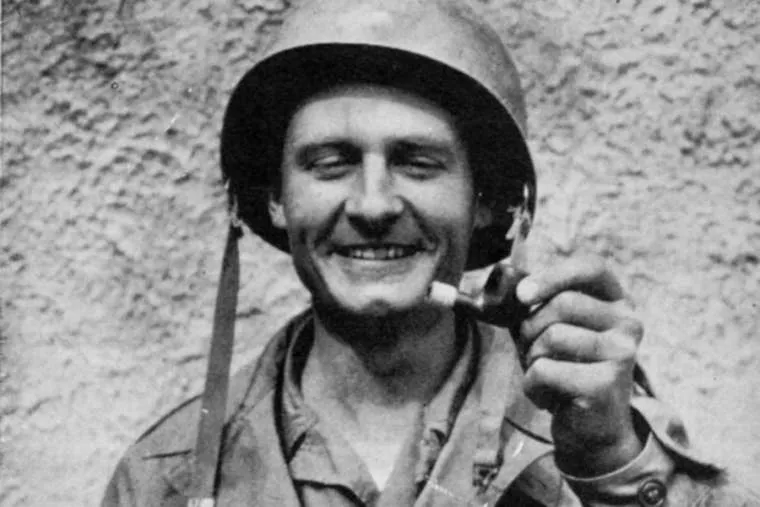After 70 years, Pentagon identifies remains of Korean War chaplain who received Medal of Honor

Dan De Luce
Fri, March 5, 2021, 6:24 PM
WASHINGTON — The U.S. military said Friday it has identified the remains of an army chaplain who was lauded by fellow soldiers for his selfless example in the Korean War, received the Medal of Honor and is being considered for sainthood by the Roman Catholic Church.
Rev. Emil Kapaun, of Pilsen, Kansas, died of pneumonia on May 23, 1951, as a prisoner of war during the Korean War. An army chaplain in World War II and the Korean conflict, he was captured on Nov. 2, 1950, near Unsan, North Korea, as he helped wounded troops surrounded by Chinese forces.
Kapaun, who served in the 3rd Battalion, 8th Cavalry Regiment, 1st Cavalry Division, tended to the sick and wounded among the POWs, carrying men who had faltered on a forced march, according to his fellow soldiers. His indomitable spirit served as a rallying point for the other men in captivity, Bob Wood, a fellow prisoner of war, told NBC News in a 2013 report.
“He was the finest man I ever knew,” Wood said.
Mike Dowe, another former prisoner of war, said that Kapaun saved men who otherwise would have perished in captivity from cold and hunger. “A good number of those that survived, I’d say at least half of them, really owe their lives to Father Kapaun, me included,” Dowe told NBC News.
Kapaun was awarded the Medal of Honor posthumously in 2013, following a decades-long campaign by Korean War veterans from his unit.
According to the Medal of Honor citation, Kapaun “calmly walked through withering enemy fire” and hand-to-hand combat to provide medical help, words of comfort or prayers.
At the Medal of Honor ceremony in 2013, President Barack Obama called the chaplain “an American soldier who didn’t fire a gun, but who wielded the mightiest weapon of all, a love for his brothers so pure that he was willing to die so that they might live.”
In 1993, Pope John Paul II declared Kapaun a Servant of God, the first step toward sainthood.
Kapaun celebrated a final Easter Mass for the POWs in late March 1951 and shortly afterward was taken to the “sick house,” an old pagoda where he died at age 35, according to the Pentagon.
Before he was taken away and placed in isolation by his captors, Kapaun told Dowe: “Don’t cry for me. I’m going to where I’d always wanted to go, when I get there, I’ll say a prayer for each of you,” according to Dowe.
Kapaun’s remains were identified on Tuesday, the Pentagon’s Defense POW/MIA Accounting Agency said.
“His heroism and resilient spirit epitomized our Army values of personal courage and selfless service," said acting Secretary of the Army John Whitley.
